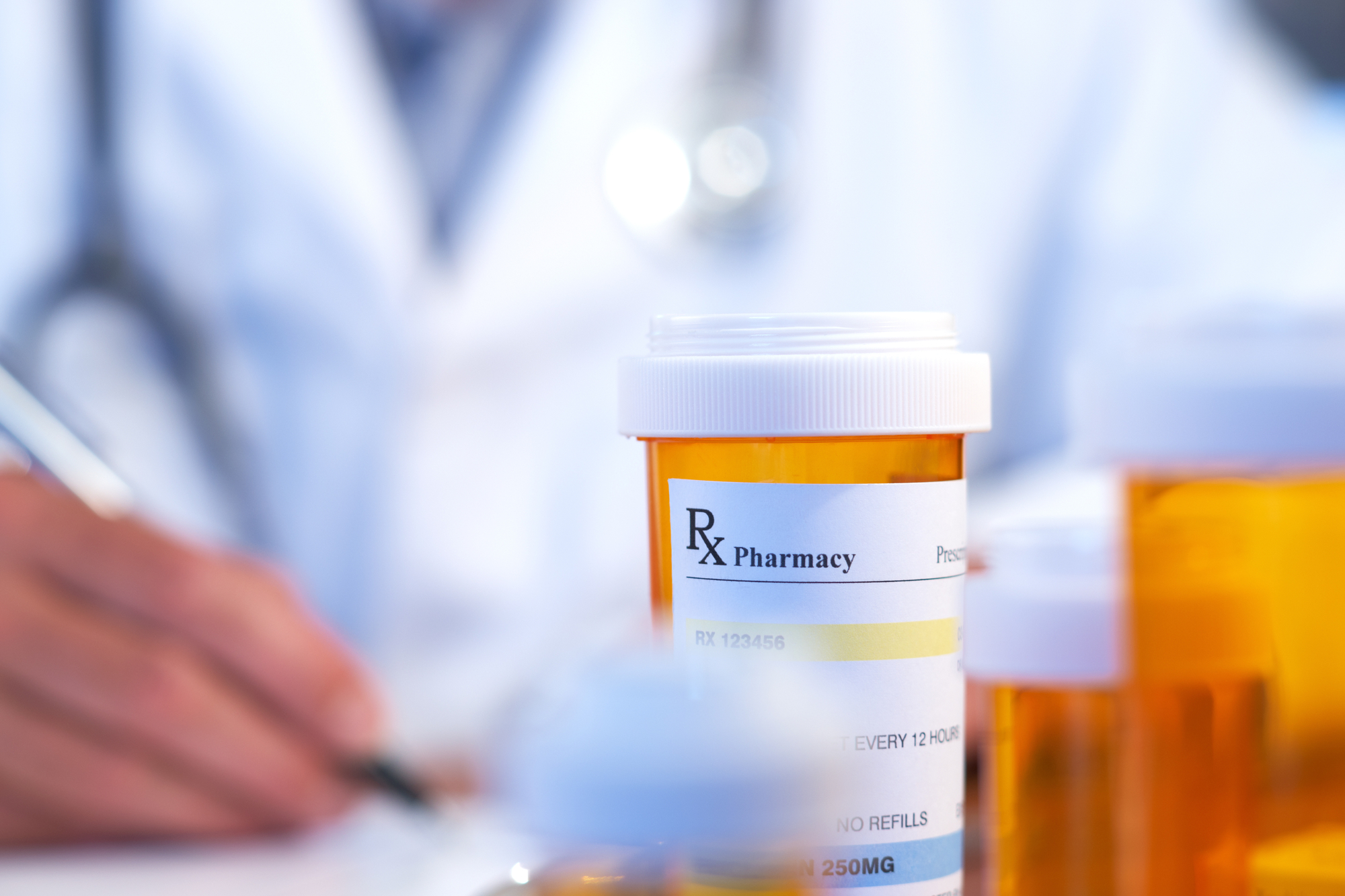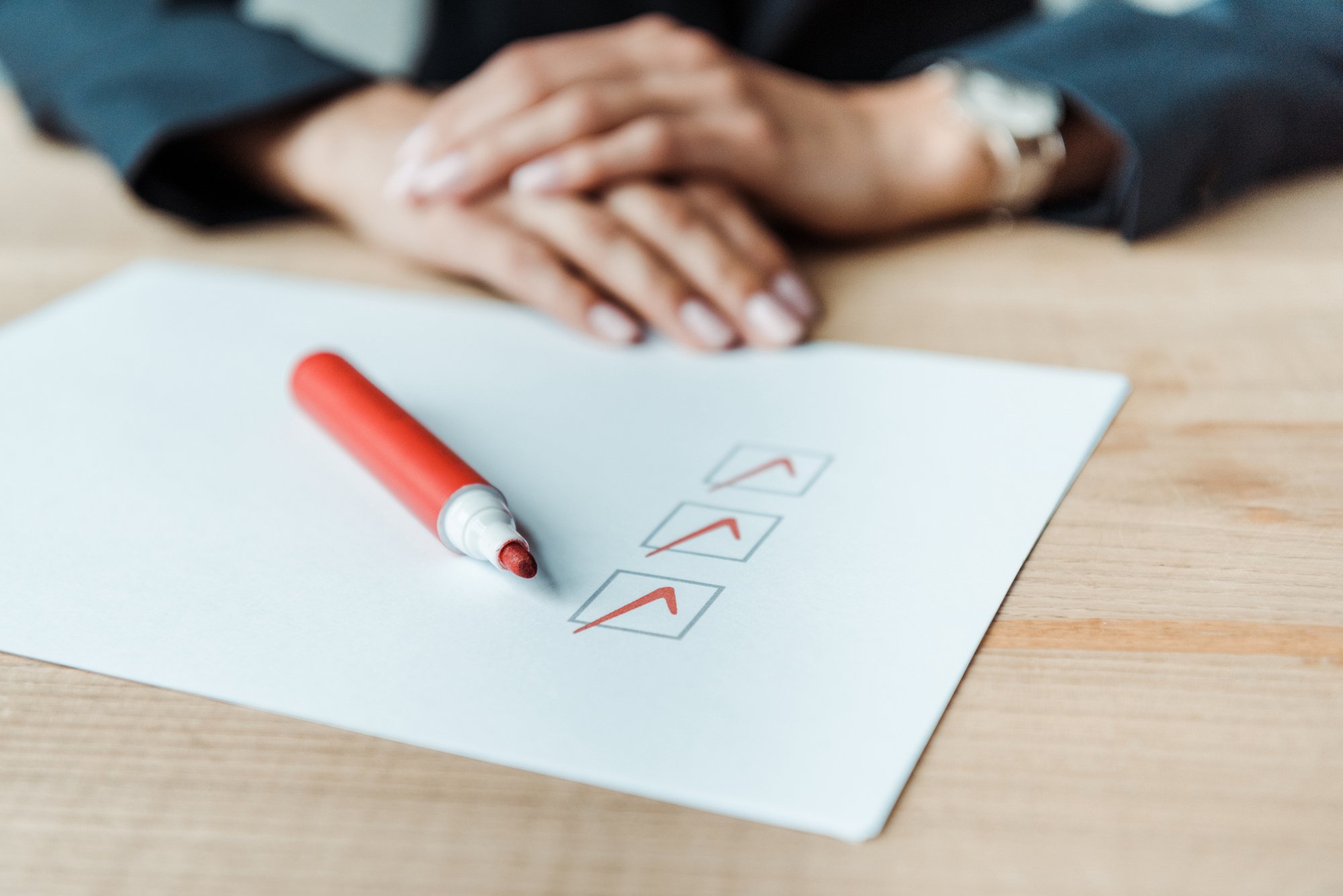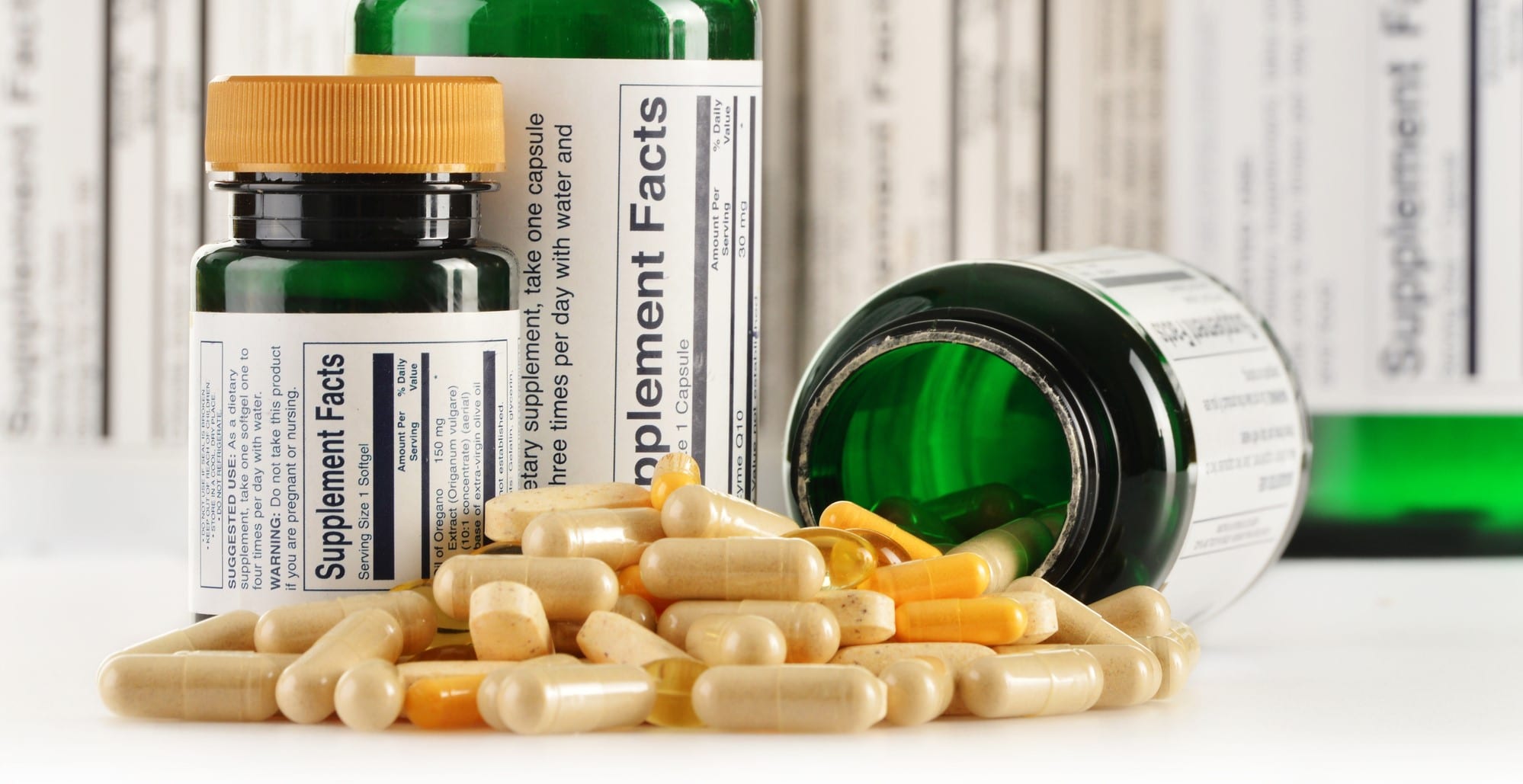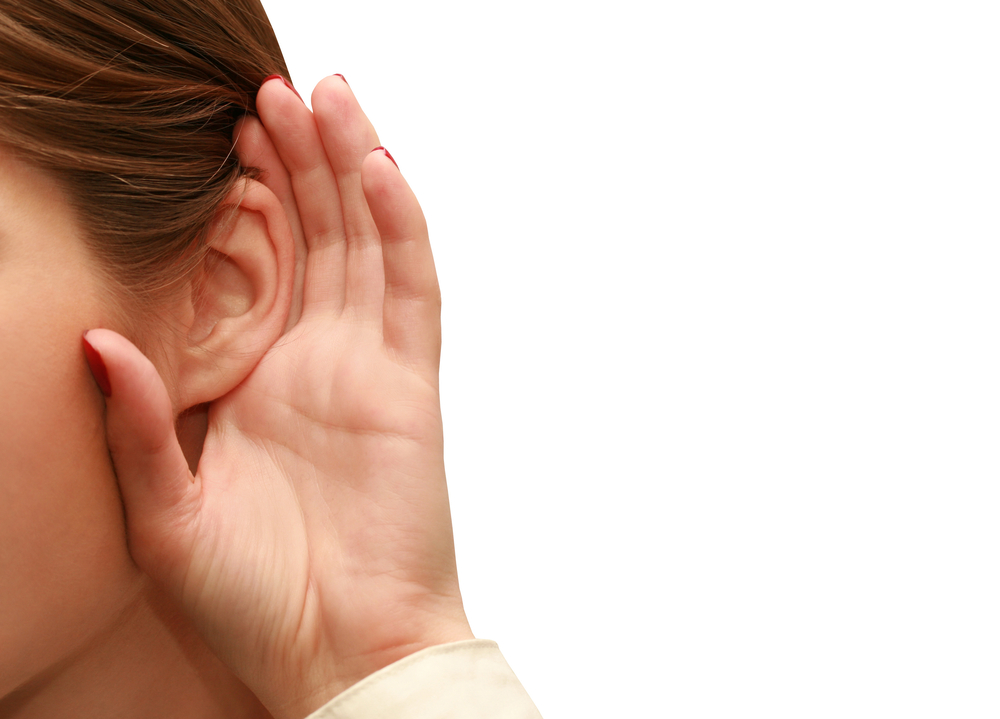4 min read
What does it take to turn a botanical into an FDA-Approved drug?
FHR Research Team Mar 26, 2022 4:14:22 PM

The FDA has a unique, streamlined process for medicinally active plant-based products to gain market authorization. That this process is much faster and can be completed in a fraction of the cost of traditional pharmaceuticals, but many biotech start-ups overlook this resource-saving pathway.
Step 1: Preparation
So you have a medicinally active plant-based product and you're ready to begin human trials. The first step is plan your process carefully. Drug development can be a lengthy, expensive process but early strategies and well-planned trials can dramatically reduce both the time and budget required. The FDA provides guidance for botanical drugs; this document covers everything from preparing your IND documents to resolving botanical-specific issues such as seasonal variation in chemical composition and the presence of multiple active ingredients. This guidance outlines the modifications to the traditional drug authorization pathway available for botanically derived drug products. Once a solid strategy is in place, the next step is to obtain FDA authorization to conduct human trials.
Step 2: Investigational New Drug status with the FDA
The Investigational New Drug (IND) application is sent to the FDA to obtain authorization to conduct clinical trials using an investigational substance. This application includes a compilation of all of the existing information on the botanical substance. The goal of the application is to demonstrate to the FDA that the proposed new drug is not likely to pose a threat to the patients in a clinical trial and that there is a reason to believe it will work for its stated purpose.
The FDA has this requirement to ensure that clinical trials are only conducted using products that are reasonably safe for human patients and are likely to achieve beneficial results.
There are 6 key parts to this application:
- Introduction
- Chemistry, Manufacturing, & Control Information
- Pharmacological & Toxicological Information
- Investigator's Brochure
- Clinical Protocol for Proposed Clinical Trial
- Previous Human Experience
For pharmaceutical companies, reaching this step requires conducting extensive laboratory research both in petri dishes and in animal models. However, most botanicals already have a lengthy history of human use and a substantial amount of information already in the literature. For botanically based drugs, sufficient information for a satisfactory IND application can usually be sourced from previously conducted studies and the botanical drug company (or sponsor) does not have to conduct new preclinical research prior to human trials.
As a result, our team is able to compile the primary sections of a botanical drug IND in as little as 6-12 weeks. When the sponsor is comfortable with the application, it is submitted to the FDA. The FDA has 30 days to review and respond to IND applications. There are two possible responses: Authorization or a Clinical Hold. A clinical hold may be substantial, such as finding that human subjects would be exposed to unreasonable and significant risk of injury, or minor, such as requiring adjustments to the clinical protocol. For most requirements, the FDA works with the company to resolve any issues prior to issuing the hold and/or to resolve the hold in a timely manner. Once a hold is lifted, our team proceeds with the research studies.
Step 3: Phase 2 Clinical Trials
For laboratory-developed drugs, this stage does not occur until after extensive laboratory tests and phase 1 clinical trials. Most botanical products, however, are able to bypass preclinical testing and Phase 1 testing, entering the process at phase 2 clinical trials.
The purpose of these studies is to evaluate whether or not the product actually works when compared to a suitable placebo. Phase 2 clinical trials typically require 50-250 human patients. The exact number of patients required is determined by a statistical analysis of the existing evidence on the ingredient's actions. Products with larger effects require fewer patients while products with milder effects require more patients. While studies are billed per patient, it is important to remember that studies with too few patients are more likely to fail to capture the beneficial effects of a product.
There is no magic number of studies required for FDA authorization or to advance to Phase 3. Rather than a set number of trials, the FDA is looking at the overall body of evidence about the product. In rare cases, a single trial may be sufficient, while other cases may require multiple studies. The total number required to advance to phase 3 clinical trials depends on the product.
Step 4: Phase 3 Clinical Trials
Once the FDA determines that the quality and quantity of evidence obtained in phase 2 studies is sufficient, a drug candidate can advance to phase 3 studies. There is no set number of studies required to proceed to phase 3; the total amount of evidence required depends on the effect size of the botanical product and how much information was available in the literature at the start of the process.
During this step of the process, the goal is to study large numbers of human subjects for two purposes: 1) to ensure that the product works in diverse groups of people (i.e. different ages, sexes, races, regions, etc) and 2) to identify all of the rare side effects or adverse effects that take place. The first goal is to ensure that the product really does work for everyone, not merely a specific type of person. The second goal is to identify all the possible ways someone may not benefit from the product so that the drug label can clearly communicate to patients what risks and benefits are being offered.
These studies typically require 500-5,000 participants, depending on the evidence collected prior to this stage. The end goal of this step is to have a completed New Drug Application (NDA) for the FDA to review. Some companies have successfully received approval with 1-2 stud(ies) at this step, while others require far more. Until preliminary findings from phase 2 studies are available for review, it is difficult to predict how many studies and patients will be required to fulfill the requirements in this final step.
Because these studies are larger and require more diversity in human patients, they are the most expensive studies to conduct. For a botanical product, these may range from $300k to $1 million+. Cost is determined by the total number of human participants required, study duration, the severity of the condition being treated, and similar factors. (See tips for keeping costs low here.)
Step 5: New Drug Application & Approval
The New Drug Application (NDA) is the formal request for FDA approval to market a product as a drug in the US. The NDA must include all existing data (and analyses of the data) compiled in the previous steps. When the NDA is complete, it is submitted to the FDA to enter the review process. The focus of the FDA is to evaluate the benefits and risks of the product. A drug is approved when the benefits clearly outweigh the risks, based on an assessment of high quality evidence.
During this process, a multidisciplinary team of experts from the FDA reviews the clinical evidence compiled in the studies conducted under the IND, the statistical analysis of these studies, toxicology, pharmacology, and chemistry of the product, and the proposed drug label.
Within the first 60 days, you will know if the FDA has accepted the application for filing. Assuming it is accepted, you will receive a "74-day letter" confirming the type of review for your product (standard v priority), any action items requiring immediate update in the application, and the action date.
Over the next several months, the FDA will send information requests. These vary from questions on where information can be found in the NDA to requesting additional analyses of data. During the final weeks, the wording on the label is negotiated. This is typically the time of greatest activity and rapid turnarounds are expected. The entire process from application to label negotiation takes approximately 8-12 months.

Study Outcomes: Why Less is More
Outcome measures are among the most critical decisions in clinical trial design. After all, this is what determines whether or not your product was...

Natural Health Product Claim Requirements
In the United States, herbal supplements, essential oil supplements, and nutraceuticals fall under the FDA umbrella classification of dietary...
